What Is the Prime Meridian?
The Prime Meridian is a line that splits the Earth into the Eastern and Western Hemispheres, passing through Greenwich, London.
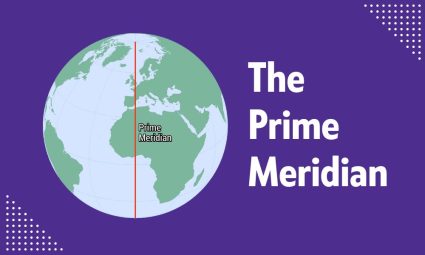
The Prime Meridian is a line that splits the Earth into the Eastern and Western Hemispheres, passing through Greenwich, London.

Filling out consulting timecards feels like a never-ending chore. Today, I will tell you why I am not a fan of timecards in consulting.

Entomologists study insects, including how they live and grow. Because insects are everywhere, they learn how they help or harm us.
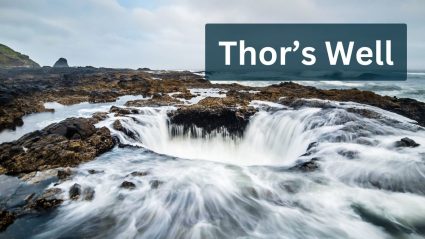
Thor’s Well is a natural wonder on the Oregon Coast. Known as a “sea hole” it looks like a bottomless pit. Water rushes in and out with tides.
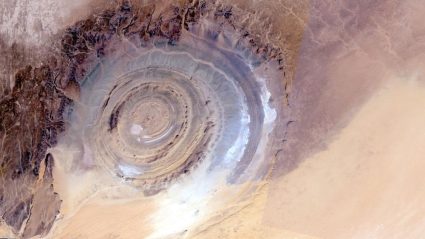
The Eye of the Sahara, also known as the Richat Structure, is a geological formation (resembling an eye) in the Sahara Desert in Mauritania.
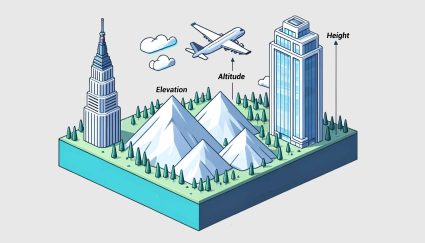
Elevation is how high a place is from sea level. Altitude measures how high up we are in the sky. Height is simply how tall something is.
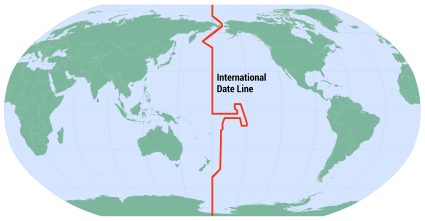
The International Date Line is an imaginary boundary, running from the poles. It lies mainly along the 180° longitude in the Pacific Ocean.
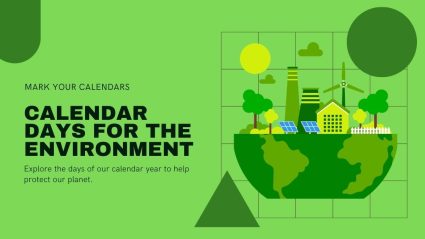
These environmental calendar days remind us to take care of our planet. We can plant trees, cut down on waste, and learn about nature.

Mineralogists are like the detectives of the geology world. They explore landscapes, collect mineral samples, and study them in a laboratory.
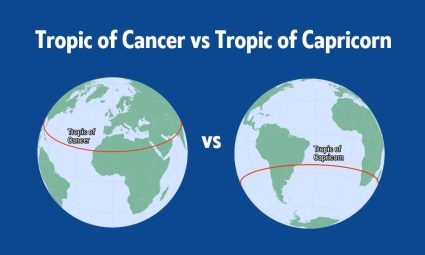
The Tropic of Cancer are imaginary lines that represent the furthest north and south that the sun can appear directly overhead at noon.
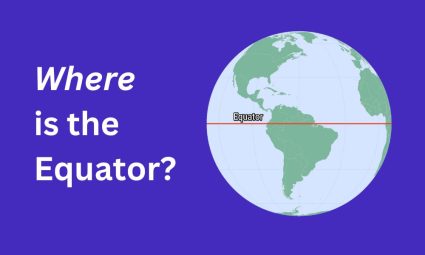
The equator is an imaginary line that circles completely around the Earth. It divides the planet into the Northern and Southern Hemispheres.
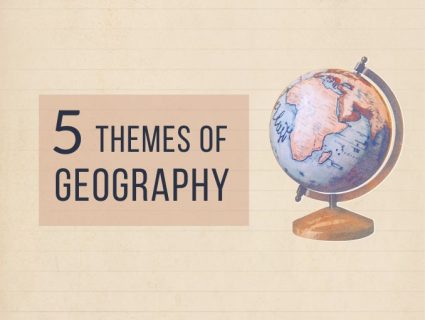
The five themes of geography provide a framework for understanding the complexity of geography and make sense of the world.

From astrophysicists to arborists, this environmental science salary pyramid gives a sneak peak of how much earth scientists earn in their respective field.
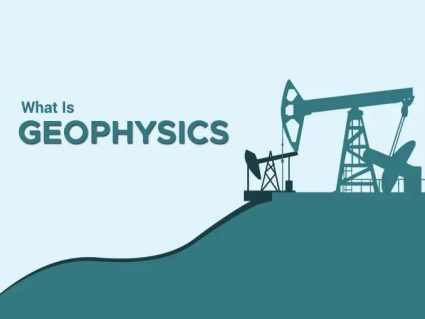
If you want to pursue a career as a geophysicist, one option is to look into geophysical courses online to get started in the career.

For aspiring geologists, field camp is where you put everything you’ve learned in the classroom together in an intensive field campaign.